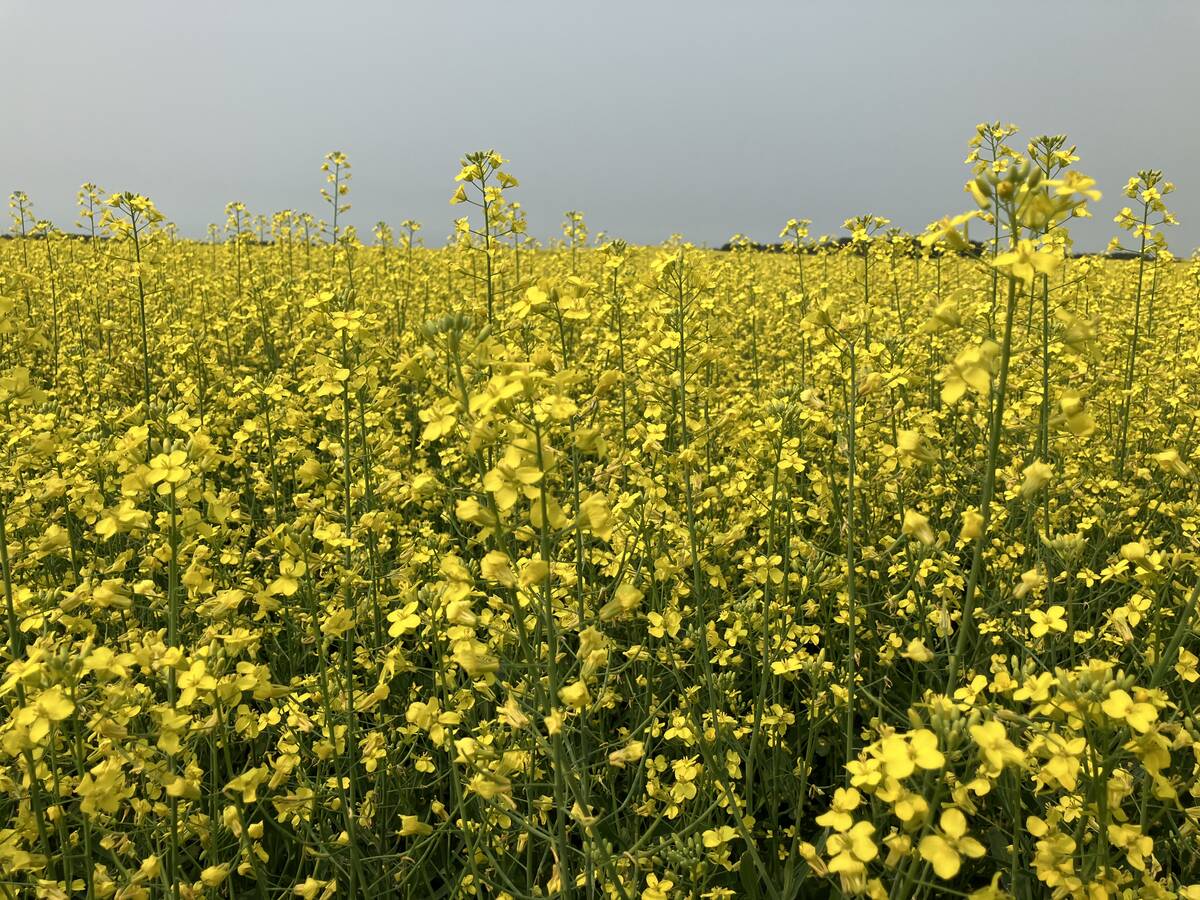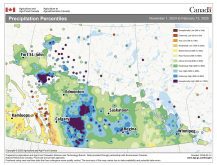Expect Canadian pea and lentil acres to drop by 20 to 25 percent this spring, says a market analyst.
Chuck Penner, analyst with LeftField Commodity Research, said India is poised to harvest its second bin-busting crop of pulses.
The Indian government has targeted 22.9 million tonnes of pulse production in 2017-18, which would be nearly identical to the previous year’s record of 22.95 million tonnes.
The abundance of domestic production has caused the government to place hefty duties on pulse imports, driving down prices in export markets like Canada.
Read Also

Canola used in only quarter of Canadian biofuel
Less than one-quarter of the biodiesel and renewable diesel used in Canada in 2024 was made from canola oil feedstock
But Penner noted that while India’s summer monsoon rains were normal in 2017, rabi season rainfall from October through December has been either deficient or very deficient in the main pea and lentil growing regions of the country.
India isn’t the only country that increased pulse plantings in response to high prices.
Pea production in Russia and Ukraine was up 41 percent in 2016 and another 24 percent in 2017. Lentil acres in Kazakhstan shot up to 820,000 acres in 2017 from 17,000 acres in 2014.
“The price signals that you see, they see,” Penner told farmers attending CropSphere 2018.
He believes peas will have an easier time weathering the storm.
Penner forecasts 3.2 million acres of peas in 2018-19, a 22 percent decline from last year. He expects a sizable total supply of 4.24 million tonnes due to a large carryout from this crop year of 952,000 tonnes.
But he also forecasts increases in both domestic consumption and exports, which will shrink carryout to 291,000 tonnes by the end of 2018-19. That would result in a healthy seven percent stocks-to-use ratio. And that’s with no recovery in Indian demand.
“There is potential for next year’s ending stocks to actually get really tight,” he said.
“I’m not telling you to all rush out and bump up your pea acres but it’s not going to be a disaster either.”
China increases its Canadian yellow pea consumption by 100,000 to 200,000 tonnes every year and there will also be a growing domestic market for peas in feed rations and in new food ingredient plants.
The lentil outlook isn’t as optimistic. Penner forecasts 3.4 million acres, down 23 percent from last spring.
Total supply will be 3.04 million tonnes, which is similar to last year. He forecasts a slight increase in exports and domestic consumption but not enough to put a big dent in carryout.
He believes 2018-19 carryout will be 638,000 tonnes, down from 799,000 tonnes in 2017-18 but still an oppressive 27 percent stocks-to-use ratio.
“I think we’re going to feel a little more heaviness in the lentil side of the market than we are in the pea side of the market,” said Penner.
He believes lentil prices may be bottoming out but appreciation is unlikely till 2019.
A lot will depend on what Penner called India’s whack-a-mole agriculture policy.
“They’re just scrambling to try to find any possible way to manipulate the market. If you’re going to grow chickpeas and you don’t have them priced, get them priced,” he said. They really think they can control it,” he said.
Penner said Chickpea acres are up 40 percent in Mexico. There have also been big increases in India and Argentina and farmers in Western Canada say they are going to plant more due to high prices.

















